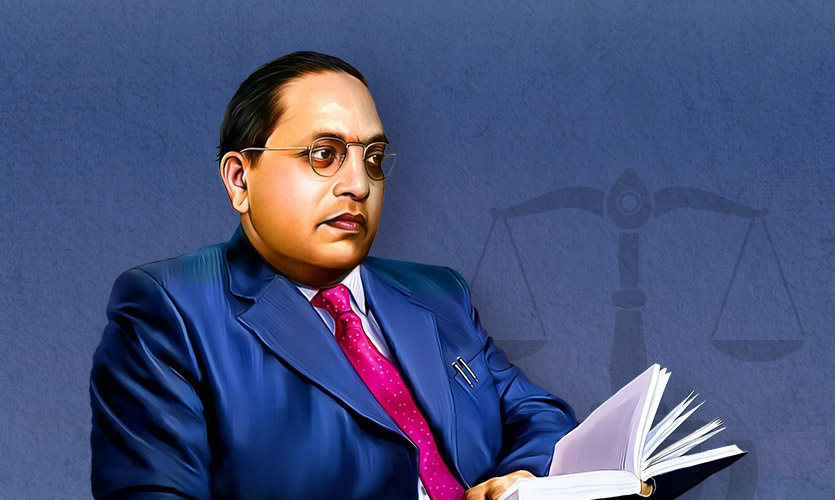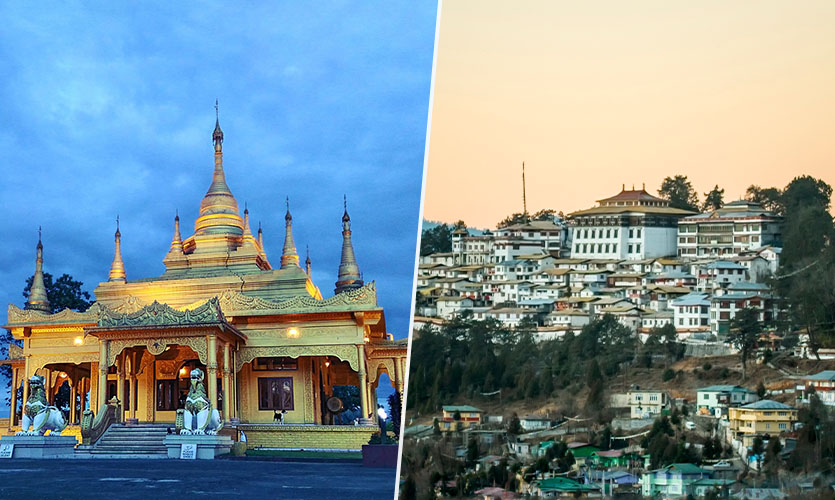January 26 marks the beginning of India’s journey as a republic, finally separating from the clutches of the British Raj.
Lest we forget, it is also the day we adopted our Constitution, under the able guidance of Dr BR Ambedkar.
In the backdrop of inefficient British legislatures, social and political turmoil, and struggle for independence, ‘Babasaheb’ rose to the occasion of drafting an inclusive Constitution.
The Drafting Committee’s constitutional adviser BN Rau’s draft of the Constitution served as a stepping stone for Ambedkar’s final draft. Noteworthy, the process of writing the Indian Constitution started several years before India gained its freedom, under the leadership of Motilal Nehru, in 1928. Indian lawmakers used what they had discovered during the colonial era to construct our Constitution, and the Government of India Act of 1935, among other colonial pieces of legislation, served as the model for many institutional components and procedures.
Finally, after years of hassle, on November 26, 1949, the Constituent Assembly finalised the draft as the Constitution of India.
Babasaheb’s Constitutionalism
The Indian Constitution is considered a reflection of Ambedkar’s role in the freedom struggle as a ‘Dalit icon’. The consolidation of princely states, which gave the Indian Union its form, was made possible by Ambedkar’s concepts of sovereignty. Ambedkar thought that the Constitution should be utilised as an instrument for social change, and that it would aid in narrowing the gap between different social classes. He believed that this was crucial for national unity and social cohesion.
The Preamble’s authorship is murky and steeped in secrecy. Contrary to the Constituent Assembly, the meetings of the Drafting Committee, where all of the Constitution’s sections and paragraphs were presented, discussed, analysed, argued, updated, and finalised, the structuring of the Preamble does not have exact transcripts.
However, Aakash Singh Rathore’s book – ‘Ambedkar’s Preamble: A Secret History of Constitution of India’, makes an effort to prove that Ambedkar is the primary author of the Preamble by citing Constituent Assembly debates, overlooked government records, Babasaheb’s writings, and other corroborating sources. Rathore writes: “Dr. Ambedkar’s text interpreted securing justice to mean removing social, political and economic inequalities.”
The book underlines how Mahatma Gandhi’s “Hind Swaraj” was based on the notion that modern India should progress toward localised, autonomous villages as its centres of power, but Ambedkar considered localism as being constrained by caste-based customs that prevented individual agency. Ambedkar therefore desired that authority be connected to contemporary democratic institutions.
Given the emphasis on acknowledging Ambedkar’s significant contribution and influence in the formulation of the Indian Constitution, it is only natural to consider whether the caste system has been impacted by the Constitution in more than seven decades of its adoption. After all, the elimination of the caste system lies at the heart of Ambedkar’s philosophy.
The leader worked tirelessly to ensure that the Constitution guaranteed universal adult suffrage (voting rights), fundamental rights, eradicated untouchability, and implemented a quota-based affirmative action (“reservation”) initiative for Dalits and Adivasis (tribals) in legislatures, services, and educational institutions.
In this regard, Ambedkar’s constitutionalism was distinct from the conventional liberal narrative that emphasises the structure of the State and fundamental rights. Ambedkar used a variety of tactics over the course of several decades to combat and weaken the caste system, one of which was to enshrine special privileges for lower castes in the Constitution. These clauses transformed India’s legal language.
Data indicates that since independence in 1947, incidences of crimes against Dalits have risen despite the constitutional safeguards. However, despite these ongoing challenges, Dalits and other marginalised groups have been “at the forefront of owning a constitutional culture”, and regard the Indian Constitution as “their own”.
Seven Decades Down The ‘Republic’ Lane
Dalits, in current times, have mobilised ‘Babasaheb’s Constitution’ to advance a social justice agenda through human rights organisations and protests against dilution of the SC/ST Act.
Recently, an inter-ministerial discourse reevaluated the prospect of creating a national panel to examine the validity of the demand to grant Muslim and Christian Dalits Scheduled Caste (SC) status as they also experience caste-based prejudice along with Hindu Dalits. Based on countless instances of atrocities against Dalits, their primary identity is Dalit, and their Muslim and Christian identities are only incidental as even though they converted, their economical situation had not changed. In reality, it had gotten worse since they were denied access to positive discrimination as a result of the procedure.
The efforts made to safeguard the growth and welfare of the Dalits in the years since independence, especially after the Constitution was adopted, have produced some results, although they are of restricted scope. Yes, there have been breakthroughs, but huge discrepancies still exist.
In the face of a dynamic political economy, it is essential that the democratic ethos evolves to suit the rights of Indians. The Constitution of India and its application by the common man has often been placed under scrutiny by politicians and scholars because of the eroding democratic values and fundamental rights guaranteed by the Constitution. Despite being a comprehensive document, the Constitution falls short of being fairly accessible with the intervention of the government.
For example, let’s take a look at Supreme Court Advocate Karuna Nundy’s view about the Constitution: India’s successive governments have watered down and curtailed the Right to Information Act, which poses a challenge. We are no longer aware of which firms, whether Indian or foreign-owned, have purchased Electoral Bonds in India’s ruling parties. This may result in political parties, after elections, becoming reliant on unidentified corporations in a quid pro quo arrangement.
Nonetheless, the Supreme Court is making strides and has delivered landmark judgements in upholding Ambedkar’s vision of a social democracy. The fact that the nation has successfully maintained a democratic government system for the past seven decades is evidence that the Constituent Assembly’s faith in the country to persevere through difficult times was not unfounded.
As our nation advances further into the ‘Amrit Kaal’, the concepts and principles that serve as the cornerstone of our Constitution continue to pave our way.
Read more: Tripura, Manipur And Meghalaya Celebrate ‘Statehood Day’










